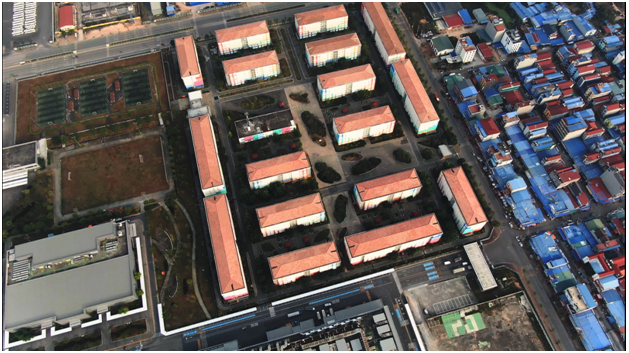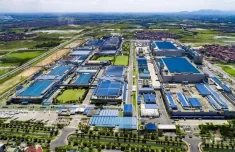
Experts assess that the planning and development of industrial and service parks is an “open point” from the policy to help investors have more opportunities to own land funds. With good financial capacity and synchronous infrastructure, industrial park commercial and service real estate promises to create added value for investors, increasing the attractiveness of the area’s specific products and goods. industry. Therefore, the issue of “giving birth” to more industrial and service areas with modern living and working environments and full amenities, aiming to develop into industrial cities and smart urban areas, is very important. International standards have become the new direction for businesses with a long-term vision.
Opportunities to develop industrial and service parks
The construction of an adjacent service area in the industrial park is expected to attract workers as well as local people to live and work. Thanks to that, this model promises to contribute to helping to naturally depopulate, contributing to solving the problem of too high population density in some areas.
Besides, developed infrastructure is a premise for promoting socio-economic development. Thanks to that, industrial and service parks continue to have the motivation to improve operational efficiency, increase income for local workers and neighboring provinces, contributing to changing production structure and solving problems. social issues and promoting urbanization.
However, the problem is how to combine the development of service industrial parks with the need to solve problems of housing, cultural works, sports and other social amenities to ensure the lives of workers. thereby developing in a sustainable direction. Many experts believe that to solve both of these problems, in addition to attracting residents to live, support from management agencies is needed, especially related to local master planning.





















